Sexual dimorphism in the tardigrade Paramacrobiotus metropolitanus transcriptome
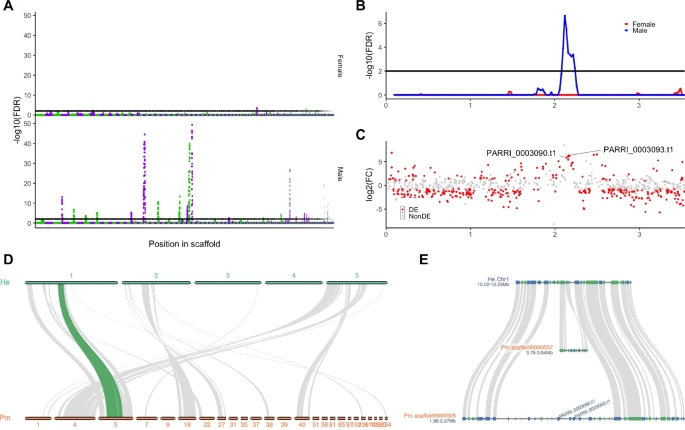
雌雄個体のトランスクリプトームにより、クマムシParamacrobiotus metropolitanusの性差に雄得意的なDMRTパラログの発現が関与する可能性が示されました。
Abstract:Background: In gonochoristic animals, the sex determination pathway induces different morphological and behavioral features that can be observed between sexes, a condition known as sexual dimorphism. While many components of this sex differentiation cascade show high levels of diversity, factors such as the Doublesex-Mab-3-Related Transcription factor (DMRT) are widely conserved across animal taxa. Species of the phylum Tardigrada exhibit remarkable diversity in morphology and behavior between sexes, suggesting a pathway regulating this dimorphism. Despite the wealth of genomic and zoological knowledge accumulated in recent studies, the sexual differences in tardigrades genomes have not been identified. In the present study, we focused on the gonochoristic species Paramacrobiotus metropolitanus and employed omics analyses to unravel the molecular basis of sexual dimorphism.
Results: Transcriptome analysis between sex-identified specimens revealed numerous differentially expressed genes, of which approximately 2,000 male-biased genes were focused on 29 non-male-specific genomic loci. From these regions, we identified two Macrobiotidae family specific DMRT paralogs, which were significantly upregulated in males and lacked sex specific splicing variants. Furthermore, phylogenetic analysis indicated all tardigrade genomes lack the doublesex ortholog, suggesting doublesex emerged after the divergence of Tardigrada. In contrast to sex-specific expression, no evidence of genomic differences between the sexes was found. We also identified several anhydrobiosis genes that exhibit sex-biased expression, suggesting a possible mechanism for protection of sex-specific tissues against extreme stress.
Conclusions: This study provides a comprehensive analysis for analyzing the genetic differences between sexes in tardigrades. The existence of male-biased, but not male-specific, genomic loci and identification of the family specific male-biased DMRT subfamily provides the foundation for understanding the sex determination cascade. In addition, sex-biased expression of several tardigrade-specific genes which are involved their stress tolerance suggests a potential role in protecting sex-specific tissue and gametes.
Authors: Kenta Sugiura, Yuki Yoshida, Kohei Hayashi, Kazuharu Arakawa, Takekazu Kunieda & Midori Matsumoto
Journal:Zoological Letters volume
投稿者プロフィール

最新の投稿
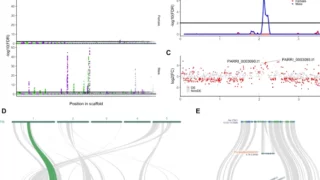 令和6年度(FY2024)2024.06.21Sexual dimorphism in the tardigrade Paramacrobiotus metropolitanus transcriptome
令和6年度(FY2024)2024.06.21Sexual dimorphism in the tardigrade Paramacrobiotus metropolitanus transcriptome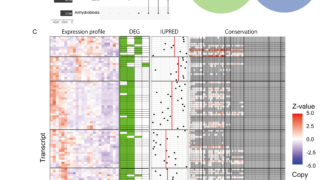 令和6年度(FY2024)2024.06.06Transcriptome analysis of the tardigrade Hypsibius exemplaris exposed to the DNA-damaging agent bleomycin
令和6年度(FY2024)2024.06.06Transcriptome analysis of the tardigrade Hypsibius exemplaris exposed to the DNA-damaging agent bleomycin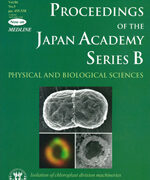 ノンドメインブログ2024.06.05論文をどこに投稿しますか。
ノンドメインブログ2024.06.05論文をどこに投稿しますか。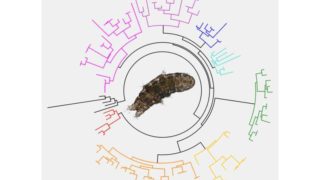 令和5年度 (FY2023)2024.05.09The Evolution of Temperature and Desiccation-Related Protein Families in Tardigrada Reveals a Complex Acquisition of Extremotolerance
令和5年度 (FY2023)2024.05.09The Evolution of Temperature and Desiccation-Related Protein Families in Tardigrada Reveals a Complex Acquisition of Extremotolerance


